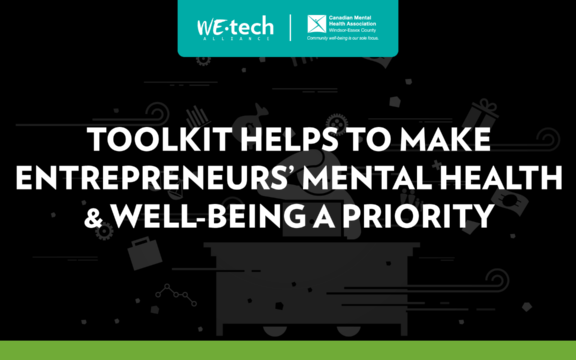
Holding meetings online is not a new idea. Videoconferencing has been around for a very long time. However, it’s only recently that it became something in reach of even the smallest companies. There has been resistance to making it a regular part of the workday, simply because some people feel better sitting with a lot of other people in a room, even when there’s not a lot getting done. The thing is that modern workdays are so full of things that must be done, that ineffectual and superfluous meetings are a disruption and an obstacle to moving forward. There are, naturally, some drawbacks to holding online meetings, but balancing everything out are the benefits. Let’s take a look at some of the pros and cons.
Pros:
- Millennials, Gen Xers, and Baby Boomers all report increased attentiveness when video is involved on calls or meetings.
- Entrepreneur magazine reports that 73 percent more of workers are more engaged in, then with teleconferencing.
- 82 percent of videoconference participants say they make more of an effort to prepare for video calls or meetings.
- By using cloud-based apps, people can attend from multiple locations without using any special equipment to do so. Applications can run on desktops, smart phones, tablets, or laptops as well as room-based hardware or other platforms.
- Meetings can be recorded and archived, along with shared content, for later retrieval and review.
- Meetings can be attended from any location, but meetings can also be moderated in order to allow question and answer periods, scheduling of speakers, and loading of content such as video, slide presentations, and other documentation.
Cons:
- Some staff members may not understand how the app works, and need more time to become comfortable with using it. They may even actively resist using it for fear of looking foolish.
- Softtrac raises concerns that the speakers may not be able to perceive visual cues from their audience. Many speakers rely on these cues tell them if their audience is engaged with the material and the meeting.
- Not issuing user guidelines can lead to people leaving mics open so that the speaker is drowned out by multiple background noises, and others may not know when they are allowed to speak, or ask questions.
- Sometimes people do not behave well when no one is watching them. For your workers with shorter attention spans, the latest Candy Crush game can sometimes be more engaging than the speakers and presentations.
- Some people find that video meetings can feel impersonal. They prefer to meet face-to-face and pick up nonverbal cues from others facial expressions and body language. This may be a component that is missing from larger video meetings.
- Workers not accustomed to using video may see virtual meetings as a type of novelty or as something not as serious as an actual face to face meeting with a person in the same room.
As you can see, there are some big advantages to holding online business meetings with services like BlueJeans, and the drawbacks can easily be remedied by communication, repetition, and willingness to change. Taking advantage of every tool to enhance your competitive advantages is in your best interest, and the best interest of your company. There is no magic wand to wave, only the will to roll with the changes that technology brings to business and to make the most of them.
Work with It
When you’re planning to make a change to virtual business meetings, it would be worth your while to hold training sessions to familiarize your staff with the app. Distributing guides on etiquette, speaking tips, and appearance tips will also help people become more comfortable with using video meetings. This is a chance to make your meetings more functional, more inclusive, and more actionable than the traditional method of putting everyone in a room, and hoping everyone remembers what was said five minutes after their out the door.
You may even want to use practice sessions to familiarize everyone with the tips, tricks, and procedures they will need to know during the meeting. Allow them to practice speaking, and to become comfortable with the camera. It may take some time, but eventually most people will come to appreciate the convenience of instant meetings, and the ability to review the recorded event at a later time. Very shortly, you will wonder how you and your company ever got along without using videoconferencing.
































































